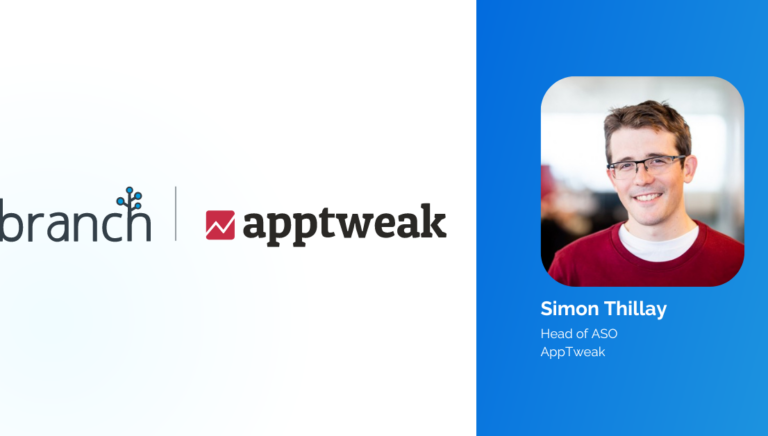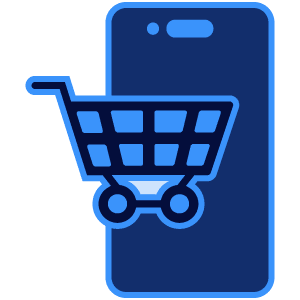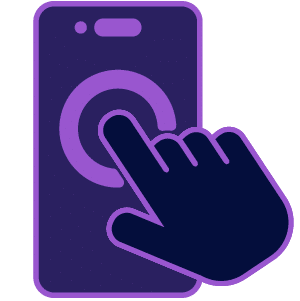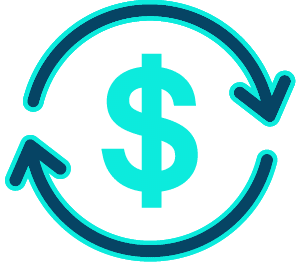APP MONETIZATION
How to build an app monetization strategy
Increase profitability, acquire new app users, and make a more successful app overall
Request a demoBrands need to generate revenue to cover app development, updates, server costs, and customer support costs. Monetizing an app offers a way to earn revenue without relying solely on external funding or venture capital.
Marketers and app developers use app monetization to maximize profits via mobile apps, usually on iOS or Android devices. Monetization strategies provide a direct income stream, which helps teams improve and expand their products, fuel innovation, and maintain a competitive edge.
Monetization also encourages app users to interact with the app for longer and return more frequently, thus increasing overall user engagement and retention rates.
By using innovative and user-friendly monetization strategies, marketers can improve the user experience while creating robust app revenue streams.
Implementing an effective monetization strategy
Implementing an effective mobile app monetization strategy requires careful consideration of several factors, including: user experience, target audience, monetization platforms, ad networks, and pricing strategy.
User experience considerations
Monetizing an app should not compromise the user experience. For example, while in-app advertising can be lucrative, too many ads can lead to user annoyance and potential uninstallation.
Similarly, if a user pays for a subscription, but the app does not deliver as promised, this could lead to negative reviews and damage the app’s reputation. Balancing monetization efforts with maintaining, or even enhancing, the user experience is crucial.
Target audience analysis
Understanding your target audience is another crucial factor in selecting a suitable app monetization strategy.
Different demographics may respond differently to various strategies. For example, younger audiences are more willing to engage with in-app advertisements, while older users prefer a straightforward subscription model.
It’s also helpful to analyze your users’ behavior within the app to understand which functions they use most often and which might be attractive as paid features.
Pricing strategy
Prices should be high enough to generate revenue but not so high that they deter potential users.
The best approach is often to identify your core value proposition and price according to the value users get from the app. Regularly reviewing and updating your pricing strategy based on user feedback and market trends can also help maintain competitive pricing and maximize revenue.
Additional strategies include:
- Offering limited-time discounts on in-app purchases or subscription services can increase user engagement and convert free users into paying customers.
- Bundling features as part of a premium package can add perceived value and encourage users to purchase.
Testing and optimizing your monetization strategy
Testing and optimizing your app’s monetization strategy is a crucial step that goes hand in hand with initial implementation. As with any sales or marketing plan, a successful monetization strategy requires continual analysis, adjustment, and improvement.
A/B testing
A/B testing involves comparing two versions of your app’s features or pricing strategy to see which performs better. For instance, you could test two sets of in-app purchases or two different subscription prices to see which one yields higher revenue or increased user engagement.
The data from A/B testing can guide strategic decisions and ultimately lead to a more effective monetization model.
Performance metrics
Understanding and monitoring your app’s performance metrics is also essential. While app monetization typically involves conversion, you should also consider user acquisition, increasing app downloads, user retention, and performance optimization when determining metrics.
Below are some important metrics and user data to consider when trying to gauge the success of your monetization strategy. Generally, higher numbers in all of the following metrics indicate more opportunities for successful monetization. By carefully tracking these metrics, developers can fine-tune their app monetization strategies. Regularly analyzing this performance can increase profitability, increase new app users, and make a more successful app overall.
Active users
Measures your app’s overall engagement and reach. More active users indicate a broader audience base and potentially higher ad revenue or in-app purchases.
Average session duration
Measures the time per session users spend in your app. A longer average session duration implies that users find your app engaging and valuable.
User retention rate
Indicates how many users return to your app after their first visit. A high retention rate suggests that your app is engaging and provides value to users.
Conversion rate
Measures the percentage of users who take a desired action, such as subscribing, making an in-app purchase, or clicking on an ad.
Revenue per user
A direct measure of how much income each user contributes to your app. It can be calculated by dividing the total revenue by the total active users.
CPM
Cost Per Mille (CPM) is a marketing metric that measures the cost of advertising per 1,000 impressions. CPM is often used to measure pay per click and display advertising campaigns.
Ready to maximize mobile profits?

Get Started
App Store Optimization Best Practices
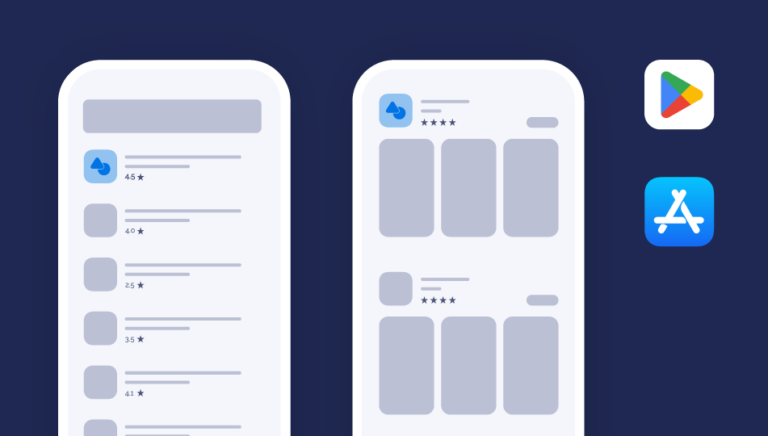
2023 Digital Growth Acceleration Series
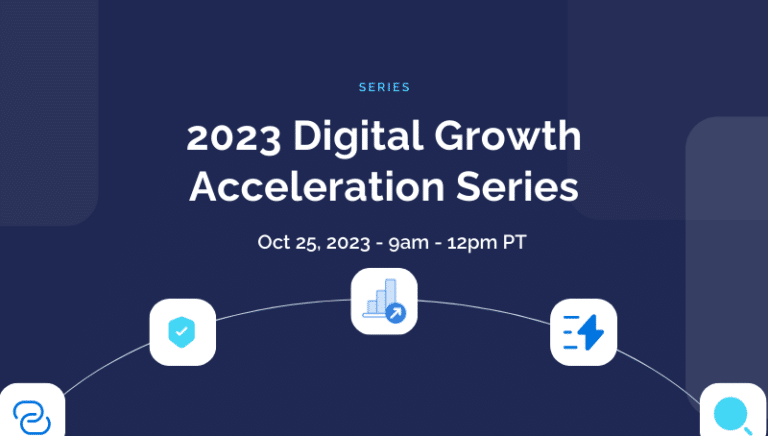
Apple Search Ads: Strategies for Managing Cannibalization and Competition
